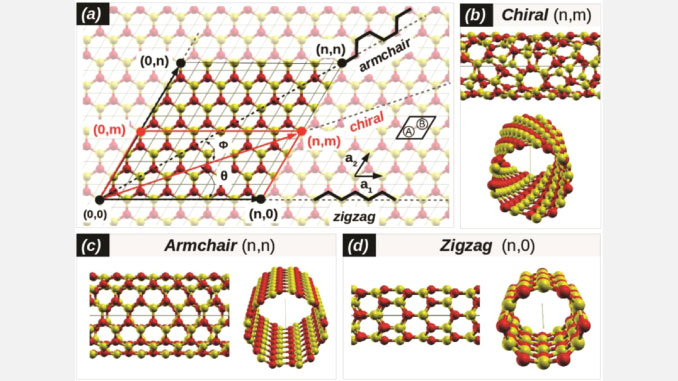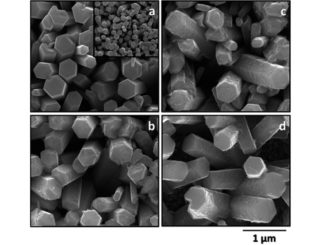
Writers: Naiara L. Marana, Anderson R. Albuquerque, Felipe A. La Porta, Elson Longo, Julio R. Sambrano
Keywords: ZnO nanotubes; DFT; Strain energy
Abstract: Periodic density functional theory calculations with the B3LYP hybrid functional and all-electron Gaussian basis set were performed to simulate the structural and electronic properties as well as the strain and formation energies of single-walled ZnO nanotubes (SWZnONTs) and Carbon nanotubes (SWCNTs) with different chiralities as functions of their diameters. For all SWZnONTs, the band gap, strain energy, and formation energy converge to ~4.5 eV, 0.0 eV/atom, and 0.40 eV/atom, respectively. This result suggests that the nanotubes are formed more easily from the surface than from the bulk. For SWCNTs, the strain energy is always positive, while the formation energy is negative for armchair and zigzag nanotubes, therefore suggesting that these types of nanotubes can be preferentially formed from the bulk. The electronic properties of SWCNTs depend on the chirality; all armchair nanotubes are metallic, while zigzag and chiral nanotubes can be metallic or semiconducting, depending on the n and m vectors.




